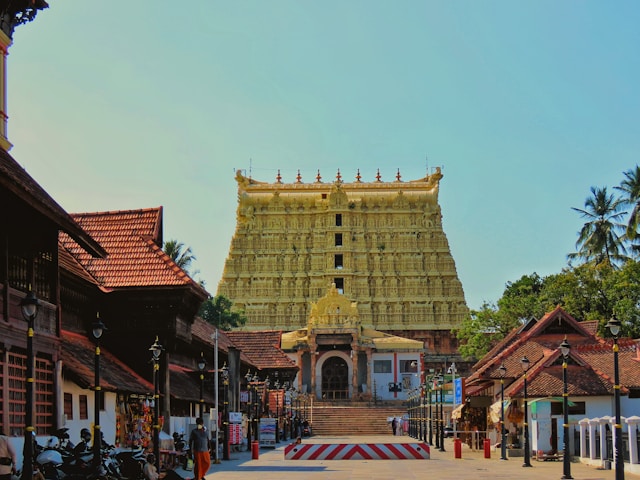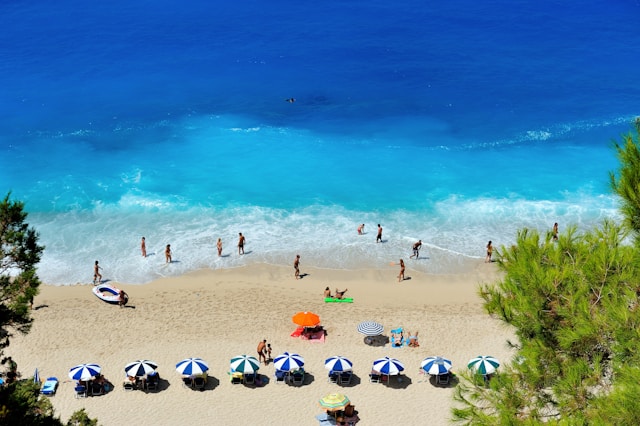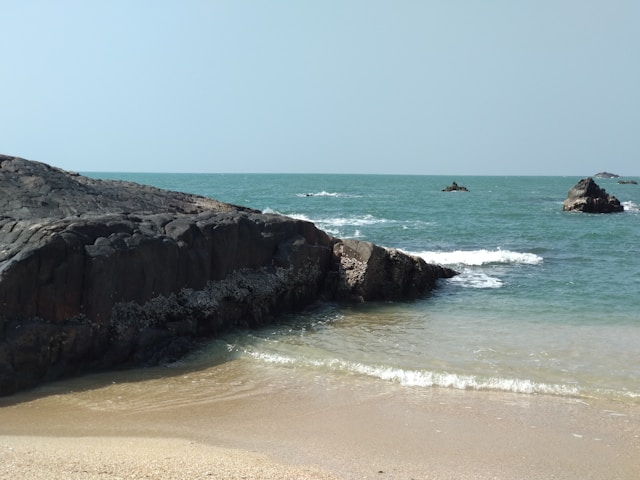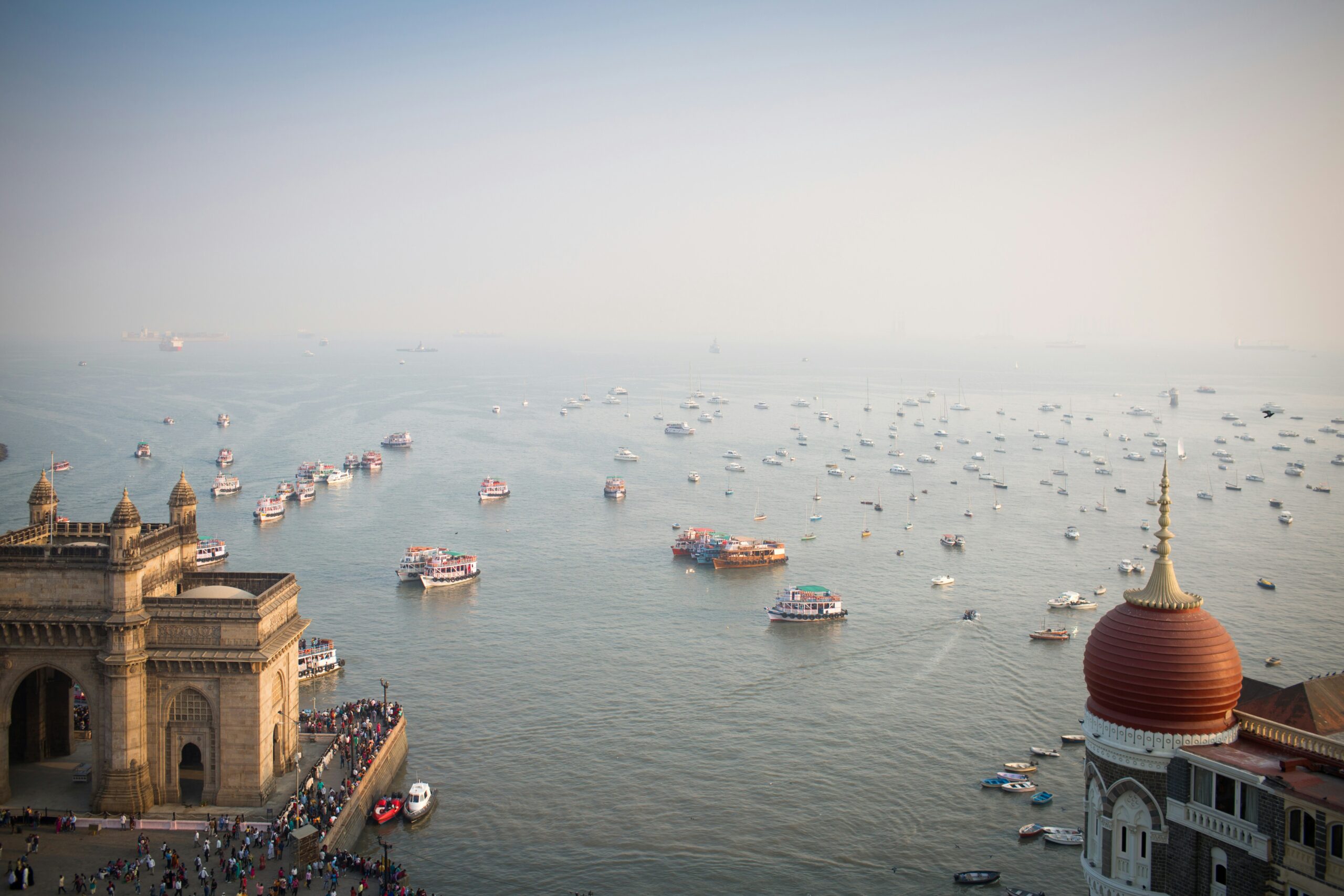Nestled on the southwestern coast of India, Thiruvananthapuram—also known as Trivandrum—offers a mesmerizing blend of ancient heritage, regal architecture, and sun-kissed beaches. As the capital of Kerala, this city boasts a rich cultural tapestry shaped by centuries of tradition, religion, and royal influence. From sacred temples of divine artistry to colonial-era palaces and the tranquil shores of the Arabian Sea, Thiruvananthapuram presents a journey that appeals to history enthusiasts, spiritual seekers, and beach lovers alike.
1. Padmanabhaswamy Temple – The Spiritual and Architectural Marvel
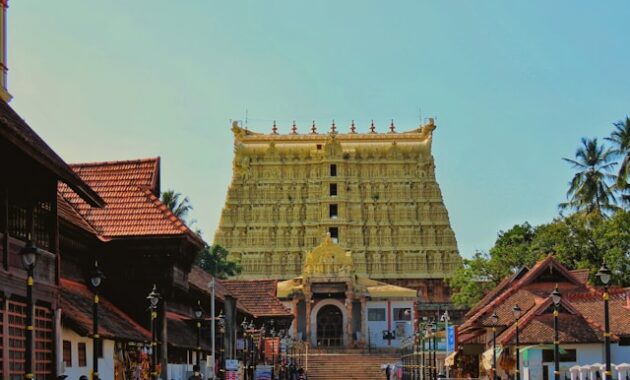
At the heart of the city stands the iconic Sree Padmanabhaswamy Temple, a revered Vishnu shrine considered one of the richest temples in the world. Built in the Dravidian architectural style, this temple features towering gopurams, intricate carvings, and a sanctum where Lord Vishnu reclines on the serpent Anantha.
Only Hindus are allowed entry, and strict dress codes are enforced—men must wear a mundu, while women should be in traditional Indian attire. Beyond its spiritual significance, the temple is also known for its mysterious underground vaults, rumored to contain treasures of immense historical value.
2. Kuthiramalika Palace – A Glimpse into Royal Grandeur
Adjacent to the temple is the Kuthiramalika Palace Museum, also known as the Mansion of Horses. Built by Maharaja Swathi Thirunal, a great patron of music and the arts, the palace features 122 wooden horse carvings on its exterior.
Constructed in traditional Kerala architectural style, the interiors reveal elaborately carved rosewood ceilings, Belgian mirrors, and ancient paintings. The museum houses priceless royal memorabilia, musical instruments, and antique furniture, offering an intimate look at the legacy of the Travancore royal family.
3. Napier Museum – A Fusion of Cultures and Styles
A short drive from the city center leads to the Napier Museum, a 19th-century architectural masterpiece combining Indian, Chinese, Kerala, and Mughal styles. Set amidst a lush botanical garden, this museum showcases a vast collection of historical artifacts, including bronze idols, ancient ornaments, and traditional Keralite art.
Adjacent to it lies the Sri Chitra Art Gallery, featuring works by Raja Ravi Varma, Nicholas Roerich, and masterpieces from the Mughal and Tanjore schools of art. Together, they create a compelling exploration of Kerala’s artistic and historical evolution.
4. Kovalam Beach – Golden Sands and Azure Waters
Arguably Kerala’s most famous beach, Kovalam lies just 16 kilometers from Thiruvananthapuram. This crescent-shaped coastline is divided into three main sections—Lighthouse Beach, Hawah Beach, and Samudra Beach—each offering a unique atmosphere.
The Lighthouse Beach, with its towering red-and-white striped lighthouse, provides panoramic views of the Arabian Sea. Visitors can enjoy sunbathing, surfing, catamaran rides, and a host of Ayurvedic massage centers that line the shore. The palm-fringed promenade, vibrant seafood shacks, and soft sands make Kovalam a must-visit coastal retreat.
5. Veli Tourist Village – Where the Lagoon Meets the Sea
For those seeking a blend of serenity and recreation, the Veli Tourist Village offers a scenic getaway. Located where the Veli Lake merges with the Arabian Sea, this site is known for its floating bridges, boating facilities, and beautifully landscaped gardens.
The place is particularly popular among families and children, thanks to its children’s park, sculptures by Kanayi Kunhiraman, and open spaces perfect for picnics. Paddle boats and speed boats allow visitors to explore the tranquil waters while enjoying the view of the setting sun.
6. Poovar Island – A Hidden Paradise
Further south of Kovalam lies the untouched beauty of Poovar, a tropical paradise where golden beaches meet backwaters lined with coconut palms. Accessible only by boat, Poovar is ideal for romantic getaways, houseboat cruises, and nature retreats.
Its location at the meeting point of river, lake, backwaters, and sea creates a rare estuarine ecosystem. Here, travelers can witness floating cottages, traditional Kettuvallam houseboats, and migratory birds in a tranquil setting untouched by urban chaos.
7. Agasthyakoodam – Trekking into the Western Ghats
Adventure seekers and nature lovers will be captivated by Agasthyakoodam, one of the highest peaks in Kerala, located within the Neyyar Wildlife Sanctuary. Named after the sage Agastya, this peak is revered in Hindu mythology and is accessible only through a restricted trekking route.
The trail, open from January to March, winds through lush forests, waterfalls, and rare medicinal plants, and offers stunning views of the Western Ghats. Permission from the Kerala Forest Department is required, as it is also part of a protected biosphere reserve.
8. Neyyar Dam & Wildlife Sanctuary – Nature in Abundance
Just 30 km from the city lies the Neyyar Dam, flanked by the Neyyar Wildlife Sanctuary, an ideal destination for wildlife enthusiasts. The sanctuary is home to elephants, sambar deer, tigers, leopards, and the rare lion-tailed macaque.
Boating on the reservoir allows visitors to spot wildlife in their natural habitat. The Crocodile Rehabilitation and Research Centre, Lion Safari Park, and watchtowers within the sanctuary offer additional attractions for eco-tourism.
9. Vizhinjam Rock-Cut Cave Temple – Echoes from the 8th Century
An often-overlooked gem, the Vizhinjam Rock-Cut Cave Temple is believed to date back to the 8th century, featuring sculptures of Lord Shiva and Parvati carved into rock. Though small in scale, this site is of significant archaeological and historical value.
Located near the upcoming Vizhinjam International Seaport, the temple provides a fascinating glimpse into early South Indian temple architecture. It’s a perfect quick stop for history buffs exploring the coastal belt.
10. Shangumugham Beach – Sunset with Divine Company
Close to the city and the airport lies Shangumugham Beach, a peaceful stretch of coastline known for its spectacular sunsets and the giant sculpture of a reclining mermaid—Matsya Kanyaka.
This beach is particularly vibrant during the Bali Tharpanam ritual and during local festivals when thousands gather for spiritual offerings. With food stalls, a children’s park, and a traditional open-air theatre, it’s a great spot to end your evening by the sea.
Conclusion
Thiruvananthapuram is not merely a city—it is a living mosaic of South India’s heritage, spirituality, nature, and art. Whether you seek the divine presence of Lord Vishnu, the tranquil embrace of sandy beaches, or the grandeur of royal palaces, this city offers a complete cultural immersion. With each visit, Thiruvananthapuram unveils a new chapter of history, beauty, and soul-stirring experiences.
